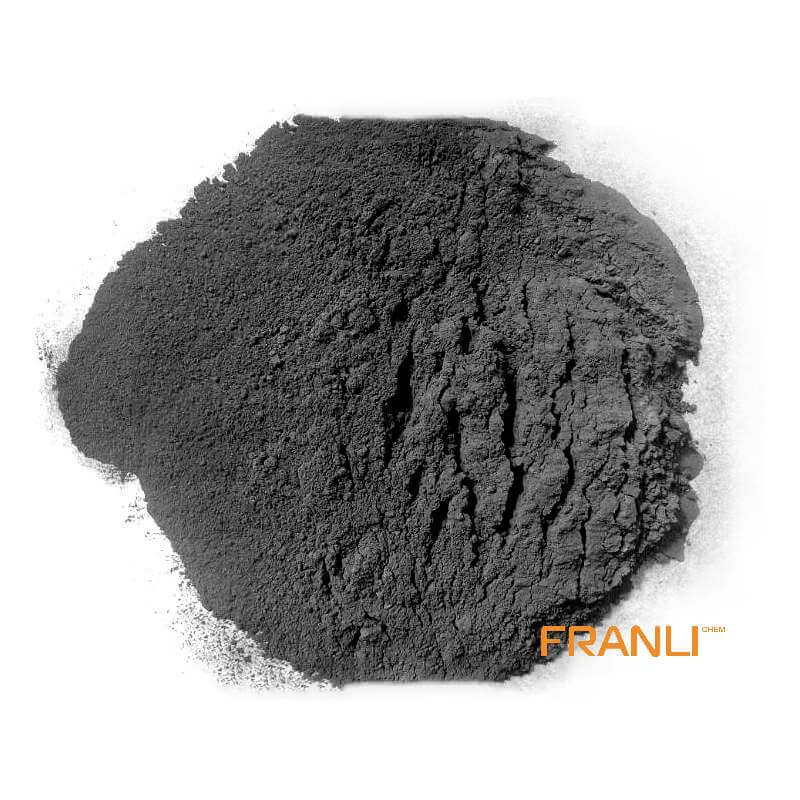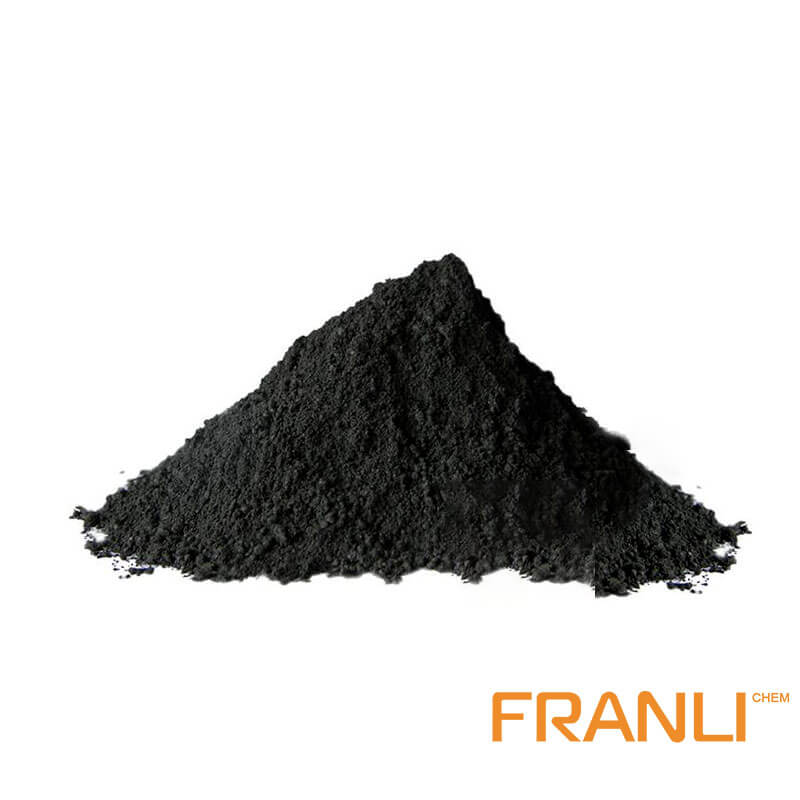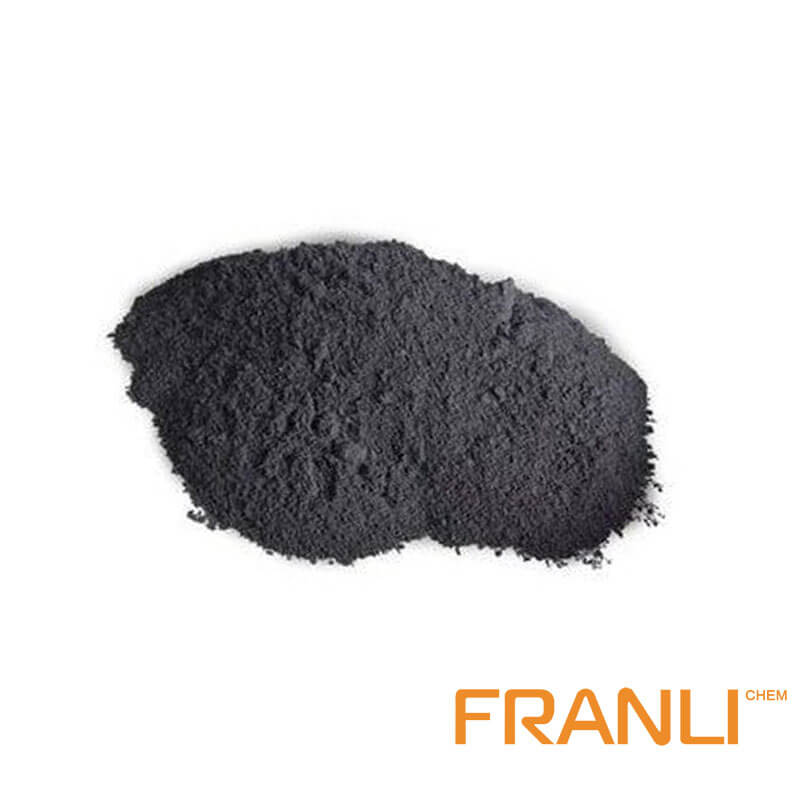


Artificial Graphite
Size
0.01mm or 0.07mm,etc
Package
25 kg small bags into ton bags or ton bags
Features
Good wear resistance, corrosion resistance, good thermal conductivity, etc.
Application
Can be used in making heat exchanger, reaction tank, absorption tower, etc.
There are many kinds of artificial graphite and different production processes. In a broad sense, all graphite materials obtained by carbonization of organic matters and treated by high temperature after being treated with graphite can be collectively referred to as artificial graphite.In the narrow sense, artificial graphite usually refers to the massive solid materials prepared by batching.
Request a quote
At present, anode materials for lithium-ion batteries include artificial graphite materials, natural graphite materials, silicon-based, and other anode materials.
In the selection of negative electrode materials, although the cost of artificial graphite is higher than that of natural graphite, it occupies the absolute mainstream in power batteries due to its excellent performance and better matching with positive electrode materials and electrolytes; natural graphite is mainly used in consumer electronics and storage. energy field.

Artificial graphite materials have the advantages of high electronic conductivity, large lithium-ion diffusion coefficient, high lithium intercalation capacity, and low lithium intercalation potential, and graphite materials are widely available and cheap.
Benefiting from the advantages of technology, price, and mature supporting industries, artificial graphite will remain the mainstream as negative electrode material in the next few years.
According to GGII statistics, China’s artificial graphite shipments increased from 77,000 tons to 307,000 tons, with a CAGR of 41.3%, and its proportion in anode materials increased from 68% to 84%. In the first half of 2023, China’s artificial graphite shipments reached 282,000 tons, accounting for 85%.
The raw material of artificial graphite is not graphite ore, but coke, including petroleum coke and needle artificial graphite, which is made by crushing, granulating, graphitizing, and screening raw materials and binders.
It basically consists of four major processes, including crushing, granulation, graphitization, and screening. The four major processes are subdivided into more than a dozen processes. The process is basically the same, but specific to each enterprise and different levels of artificial negative electrodes, its preparation There will be some differences in the process.
Among the four major processes of artificial graphite, crushing and screening are relatively simple. The technical thresholds of the negative electrode industry and the production level of enterprises are mainly reflected in the two links of granulation and graphitization.
Judging from the competition pattern of the artificial graphite market, there are many players in the industry, and the echelon is clear.At present, the top three market shares in China are Jiangxi Zichen (a subsidiary of Putailai artificial graphite), Shanghai Shanshan, and Kaijin Energy. All have improved, showing a trend of catching up.

Putailai is the leading enterprise in the high-end artificial graphite segment; Shanghai Shanshan mainly focuses on artificial graphite; Betri is the absolute leader in the natural graphite market, accounting for more than half of the market, and is vigorously expanding its artificial graphite production capacity.
The integration of graphite production has become an industry development trend.Graphitization accounts for about 50% of the cost of anode materials, usually in the form of outsourced processing, and anode manufacturers need to pay a certain processing fee to the processing manufacturer. Therefore, mainstream manufacturers are generally adopting the integration of graphite production to reduce costs and maintain a stable supply chain.
China’s main graphitization production capacity is mainly concentrated in Inner Mongolia, Shanxi, Sichuan, Hebei, and other places.At present, graphitization is obviously in short supply, but because independent graphitization manufacturers are low-end manufacturing links and have low economic added value, provinces are more cautious about the expansion of independent graphitization production capacity.
It is expected that under the background of dual control, the construction period of graphitization will be extended, and it will not be solved until the second half of next year at the earliest, and may not be solved until the end of year. During this period, the cost of graphitization will remain high, and it may be further New high.



